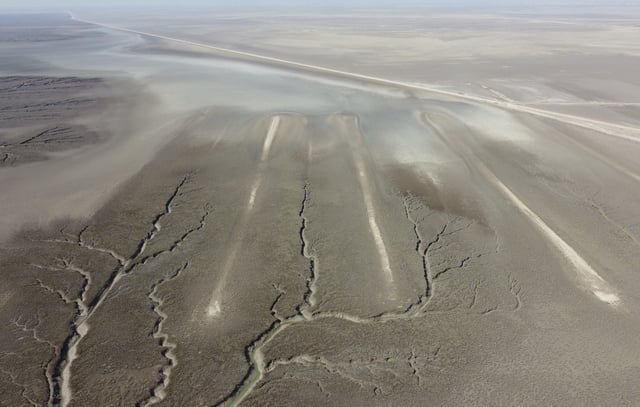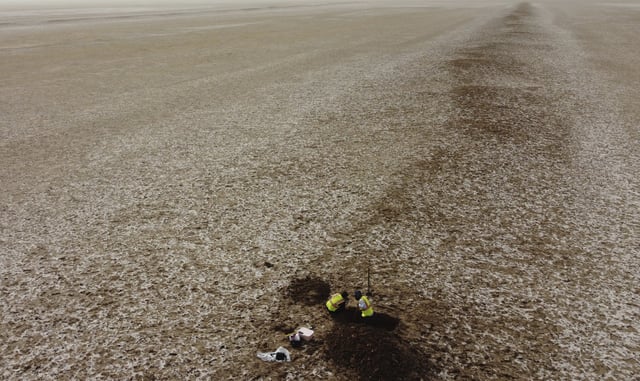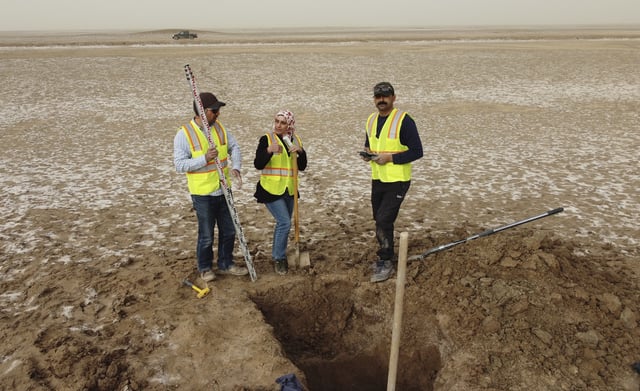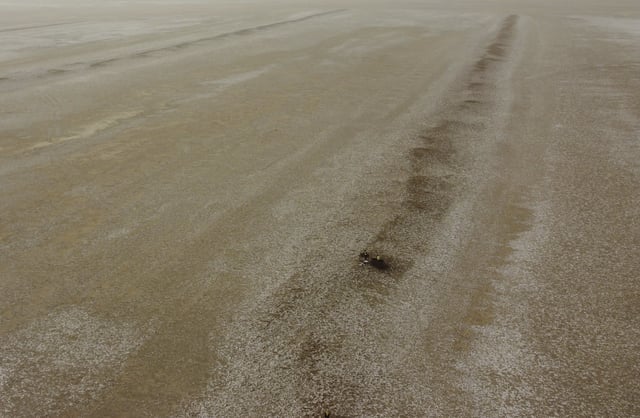Overview
- Researchers used radiocarbon and optically stimulated luminescence dating on samples from four ridge crests across the Shaṭṭ al-Arab floodplain to determine their ages.
- Results place the network’s construction beginning around the 869–883 A.D. Zanj rebellion and continuing until the mid-thirteenth century, indicating extended use of enslaved labor.
- The enslaved workers, known as the Zanj, were captives from the East African Swahili coast and many of their descendants now live in modern-day Basra.
- Analysis of more than 7,000 manmade ridges and canals underscores the large-scale investment of human labor in southern Iraq’s irrigation system.
- The study’s authors call for protecting these earthen structures as minority heritage sites to support ongoing research during Iraq’s archaeological resurgence.



